Imagine slipping into the blue depths of the ocean and coming face to face with a creature the size of a bus, yet as calm and harmless as a drifting cloud. The butanding, also known as the whale shark, is one of nature’s most astonishing paradoxes—a colossal fish with the soul of a gentle giant. Its enormity inspires awe, but its peaceful nature disarms even the most anxious swimmer. For many, encountering a whale shark is not just a bucket-list adventure, but a life-changing moment that challenges everything you thought you knew about the ocean’s largest inhabitants.
Unraveling the Mystery of the Butanding
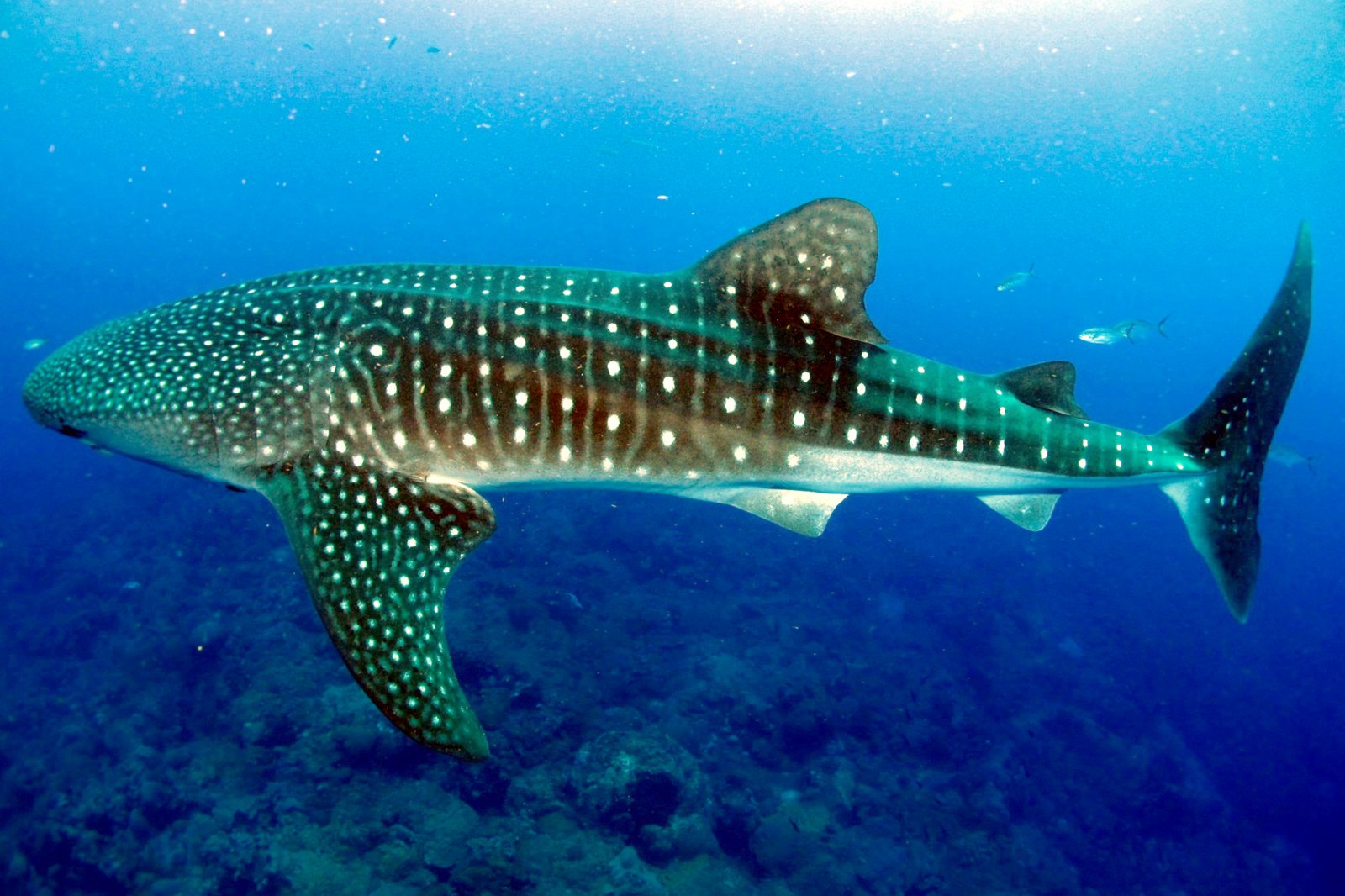
The word “butanding” comes from the Philippines, where these gentle giants glide through warm tropical waters. Whale sharks are instantly recognizable, with their sheer size and beautifully patterned skin dotted with spots and stripes. Despite their intimidating appearance, scientists have repeatedly confirmed that these animals pose no danger to humans. In fact, the butanding’s curiosity sometimes brings it uncomfortably close to boats and swimmers, adding to its reputation for being “too friendly.” This mysterious blend of massive power and docile behavior has fascinated marine biologists for decades, leading to countless studies and awe-struck tales from those lucky enough to swim beside them.
The True Scale of a Giant
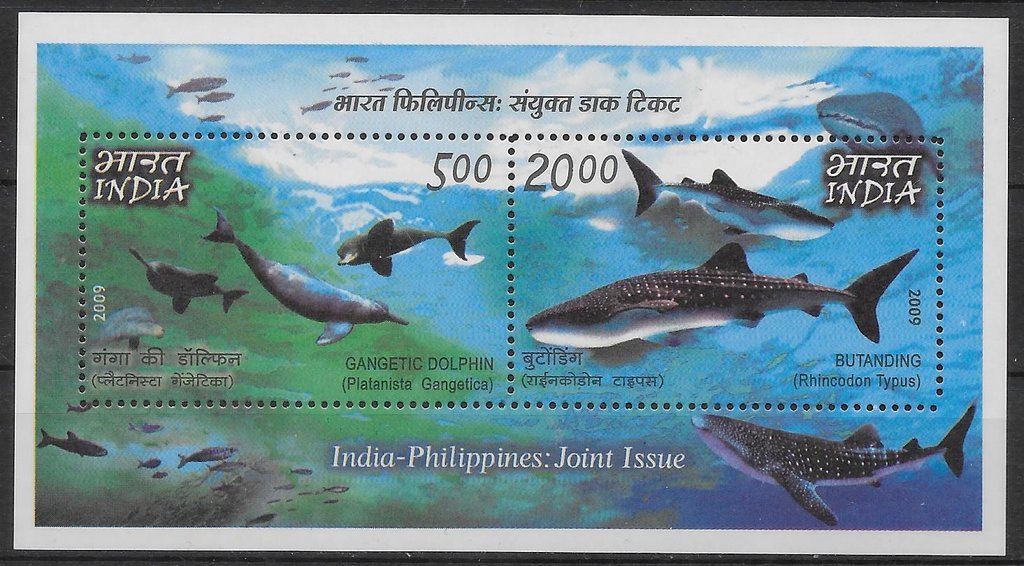
Standing next to a whale shark is like being beside a double-decker bus—or a small airplane. These marvels of the sea can grow up to 40 feet long, though some individuals have been rumored to reach almost 60 feet. Despite their massive size, whale sharks glide through the water with an effortless grace, barely disturbing the currents around them. Their mouths alone can stretch to over five feet wide, yet they use them primarily to filter-feed on tiny plankton and small fish. It’s hard not to feel dwarfed and humbled in their presence, a feeling that connects us to the vastness of the ocean in a deeply personal way.
A Diet of Plankton, Not People
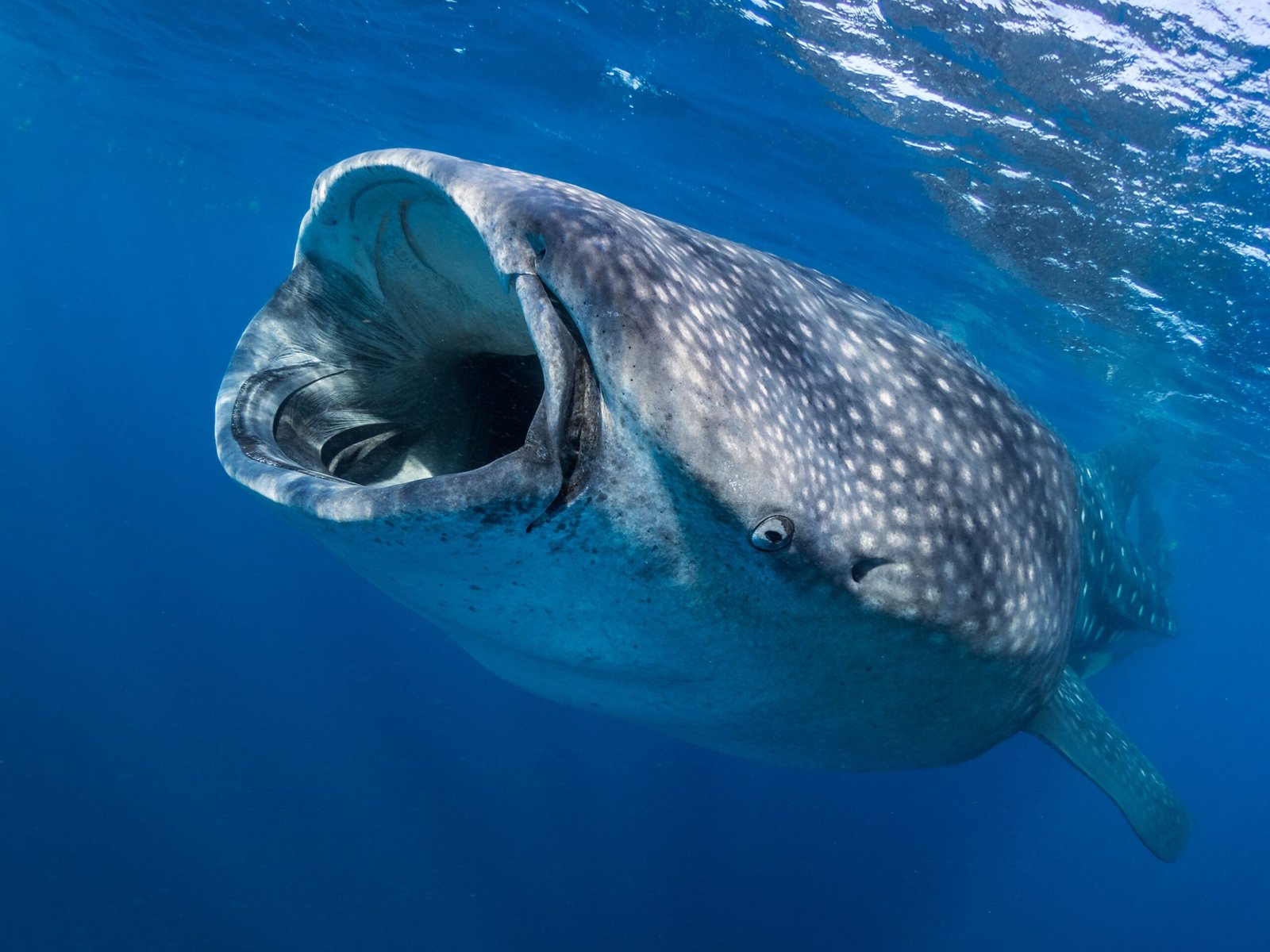
One of the most surprising facts about the butanding is its diet. While its mouth is large enough to swallow a person whole, it subsists mainly on microscopic creatures. Whale sharks are filter feeders, swimming with their mouths open to scoop up plankton, krill, and small fish. Inside their mouths are rows of tiny teeth, but these are useless for chewing. Instead, their gills filter out food from the water. This feeding method is almost gentle, a far cry from the predatory image many people associate with sharks. It’s a humbling reminder that looks can be deceiving in the wild.
Where the Whale Sharks Roam
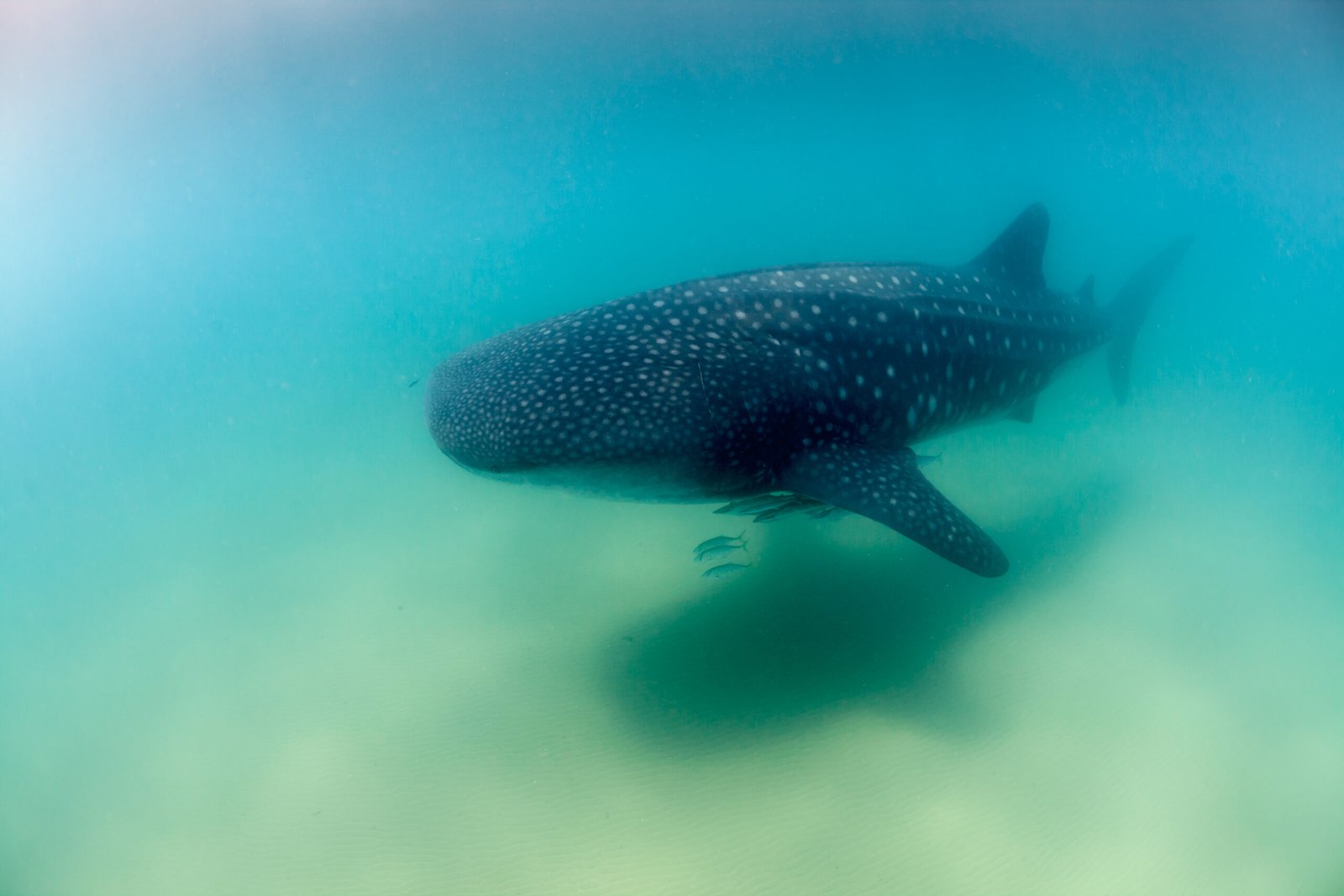
Whale sharks are true wanderers, traveling thousands of miles across the oceans in search of food and warm waters. While they can be found in tropical seas around the globe, some hotspots have become famous for regular sightings. The Philippines, Mexico, Australia, and the Maldives are just a few of the places where people flock to swim with these gentle giants. Tracking studies have shown that butandings may dive to depths of over 1,000 meters before resurfacing, their movements still holding many mysteries. Each year, their migratory patterns bring them close to shore, offering people a rare glimpse into their world.
The Gentle Nature of a Giant

Despite their size, butandings are famously docile. Divers often recall moments when a whale shark approached them, seemingly out of curiosity, sometimes brushing against them gently with its massive fins. Unlike other large marine animals that might react defensively, whale sharks rarely show aggression. Their calm demeanor and slow, rhythmic swimming invite a sense of peace even in the most nervous observer. Some locals in the Philippines even describe the butanding as a symbol of good luck and harmony, a testament to its gentle reputation in the communities that know it best.
Too Friendly for Their Own Good?
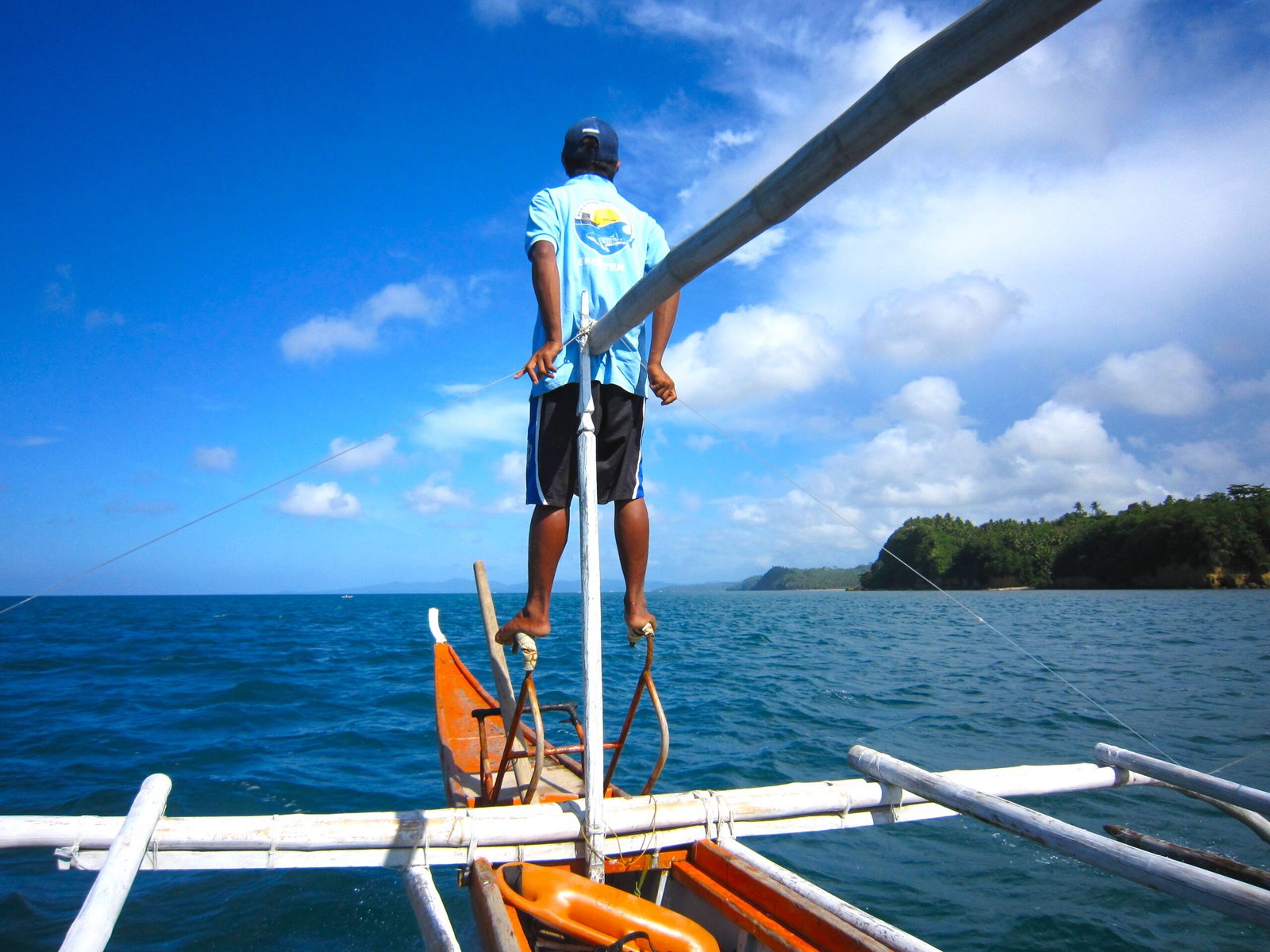
While their friendliness endears them to swimmers, it can sometimes be a double-edged sword. Whale sharks have been known to approach fishing boats and tourist vessels, often coming dangerously close to propellers or nets. Their trusting nature makes them vulnerable to accidental injuries and, in some regions, exploitation. In places where eco-tourism is not strictly regulated, overcrowding and improper interactions can stress the animals or alter their natural behaviors. This “too friendly” trait has sparked important conversations about how humans should responsibly interact with these magnificent creatures.
The Unique Beauty of Whale Shark Patterns

Every butanding is a living work of art, with a unique constellation of spots and stripes that cover its body. These markings are so distinctive that scientists use them like fingerprints to identify individual whale sharks. Special software even analyzes photographs to track their movements and study population health. It’s a fascinating reminder that, despite their size, each whale shark has its own identity and story. For nature lovers, getting a close look at these patterns is like viewing the night sky’s stars up close—a breathtaking spectacle that never grows old.
Vital Role in Ocean Ecosystems
Whale sharks are more than just gentle giants; they play a crucial role in maintaining the balance of marine ecosystems. By feeding on plankton and small fish, they help regulate populations and contribute to healthy ocean food webs. Their migratory habits also help distribute nutrients across vast distances, supporting other marine life. The presence of a whale shark can indicate a healthy, thriving ocean, making them an important species for marine scientists and conservationists to study and protect.
Endangered and in Need of Protection
Despite their peaceful nature, butandings face a growing list of threats. Overfishing, habitat destruction, and collisions with boats have led to a steep decline in their numbers. Whale sharks are now listed as endangered, with international efforts underway to protect them. Conservation programs focus on responsible tourism, habitat preservation, and stricter fishing regulations. The survival of the butanding is not just about saving a single species—it’s about preserving the health of the planet’s oceans and the delicate balance of life within them.
The Magic of Swimming with Whale Sharks
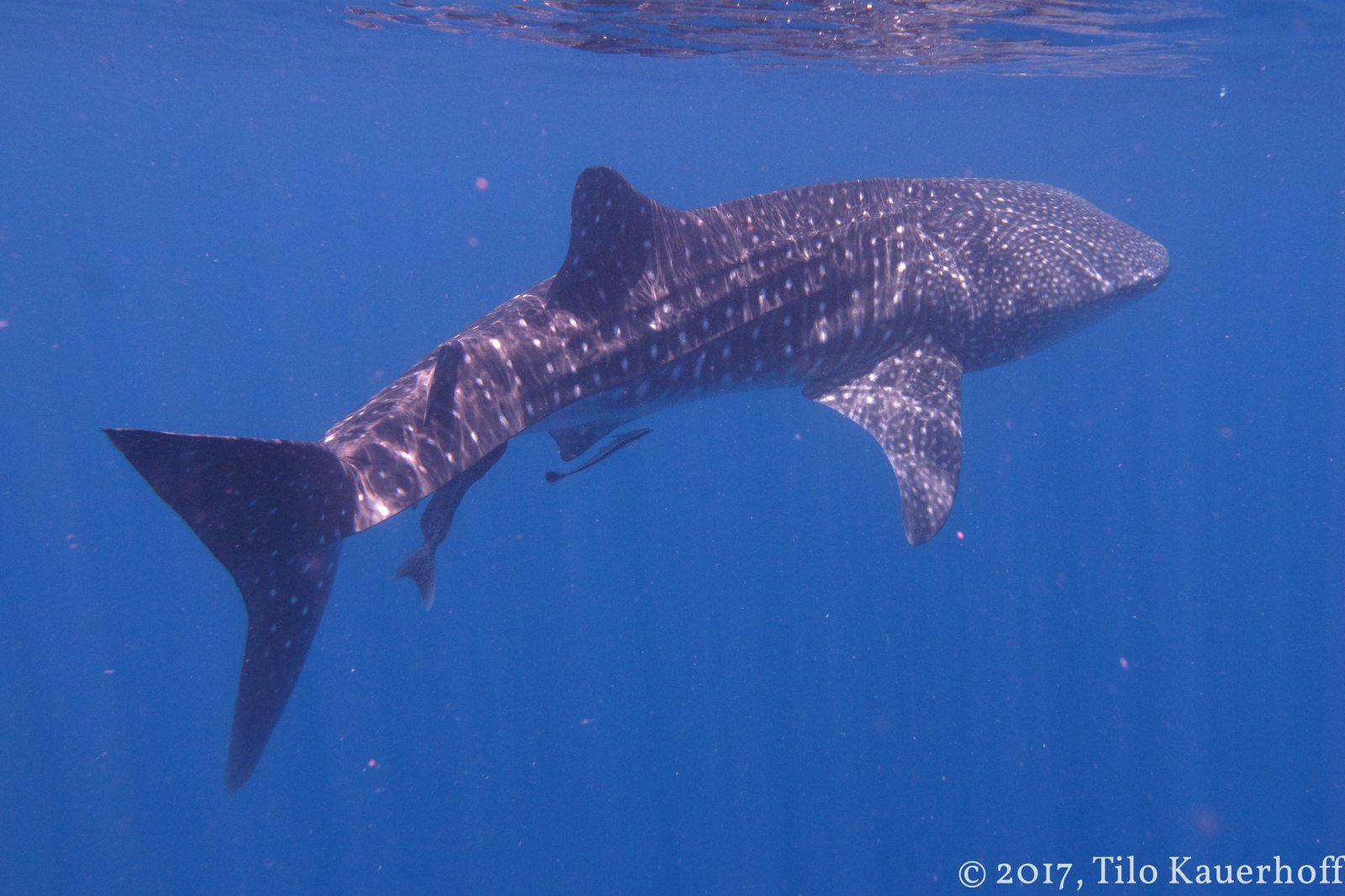
For many, swimming with a butanding is the ultimate wildlife experience. The sensation of floating beside a creature so immense and yet so gentle is almost surreal. Tourists travel from across the globe for a chance to witness these moments firsthand, often describing them as spiritual or transformative. Local guides in places like Donsol, Philippines, have developed codes of conduct to ensure that encounters are safe for both humans and sharks. Such experiences foster a deep sense of respect and awe for these animals, inspiring countless people to become advocates for their protection.
Inspiring Awe, Respect, and Responsibility

The story of the butanding is a powerful reminder of the wonders that still exist in our world. Their gentle nature, immense size, and vulnerability call for a new kind of relationship between humans and the ocean. By learning about whale sharks, supporting conservation efforts, and choosing responsible tourism, we can ensure that future generations have the chance to experience the magic of these gentle giants. The next time you gaze at the vastness of the sea, consider what extraordinary creatures might be gliding just beneath the surface—quiet, curious, and in need of our care.




